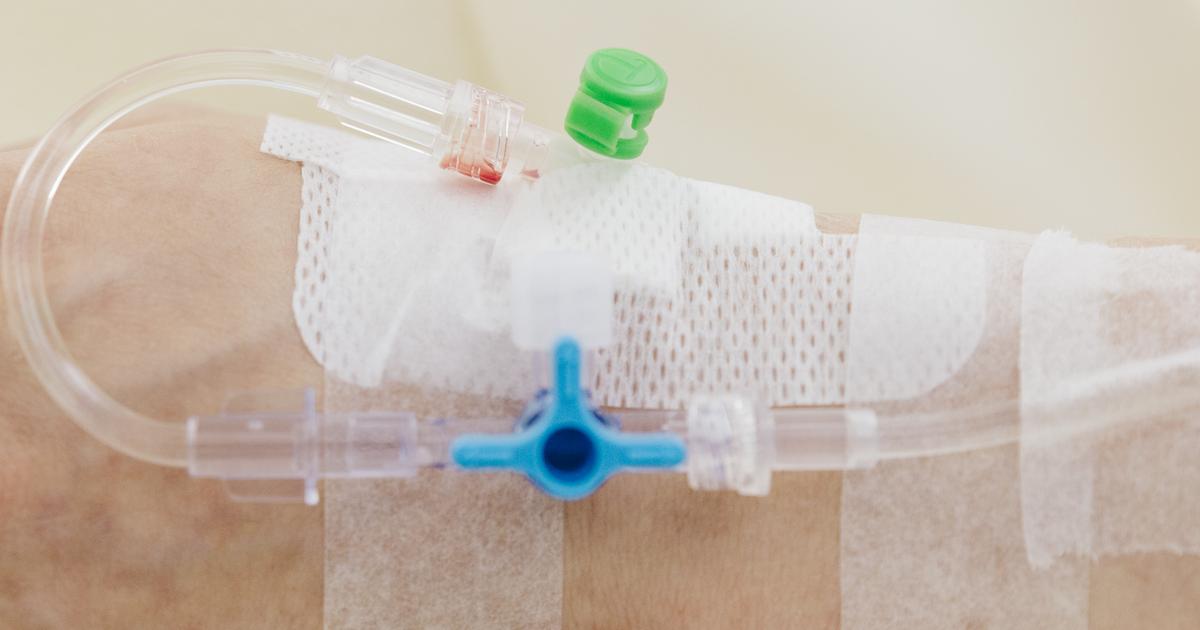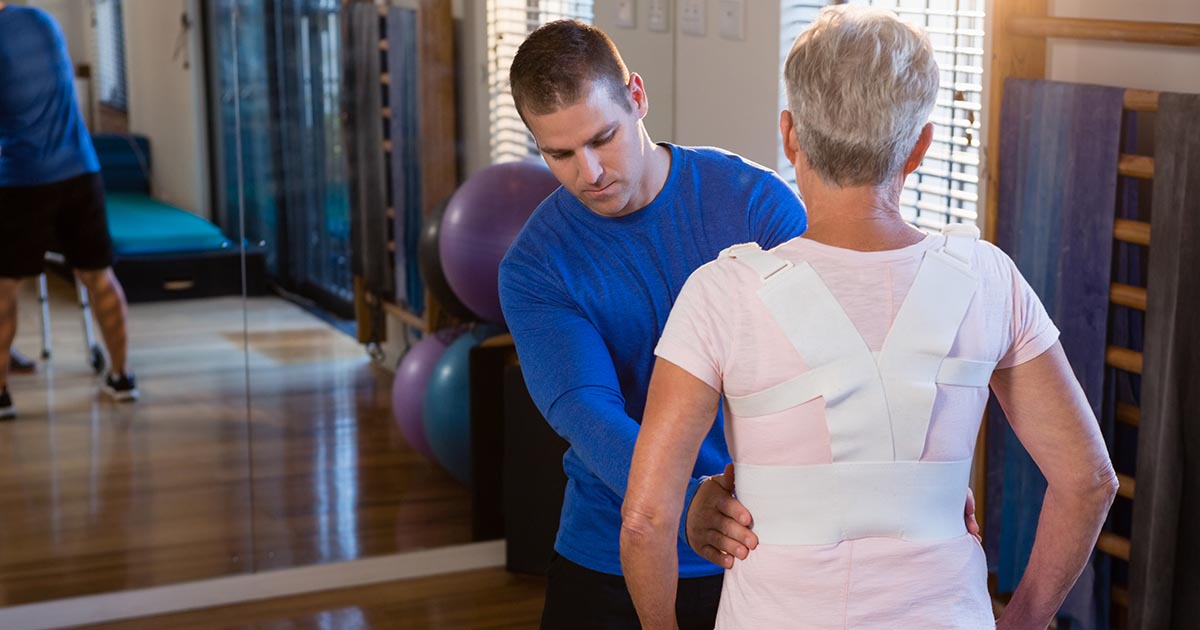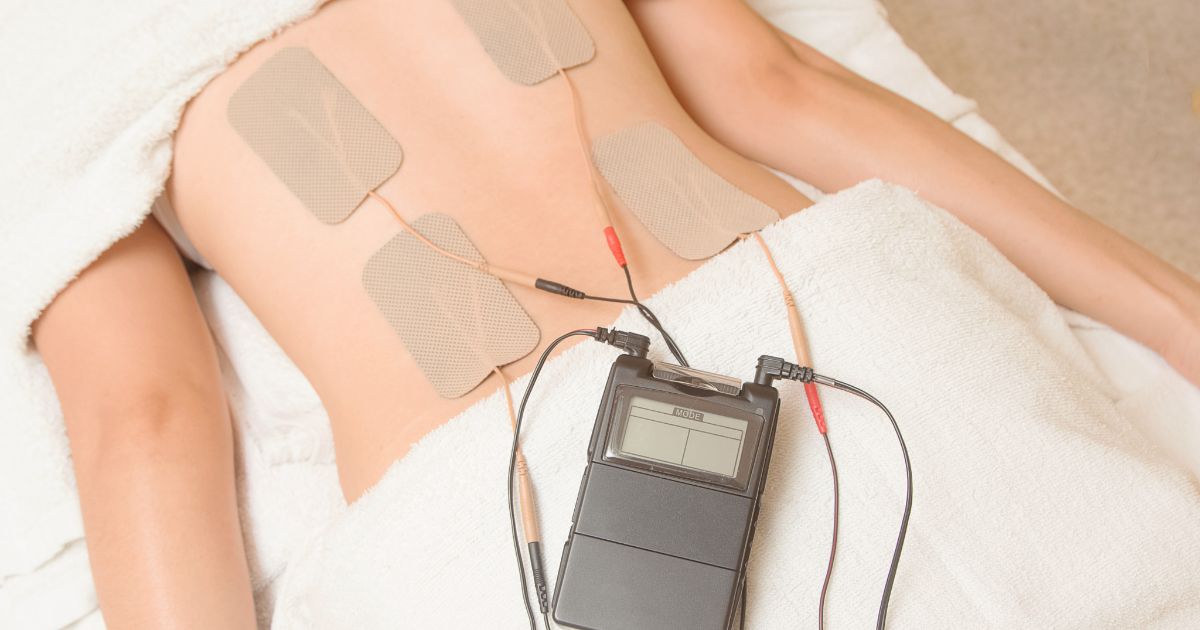Guide To Managing A Spinal Cord Injury
Spinal cord injuries are injuries that cause damage to the spinal cord, leading to a partial or total loss of function. Some individuals lose mobility or feeling in parts of their body. The most common causes of spinal cord injuries are disease and trauma. Gunshots, car accidents, and falls are all traumatic injuries that can cause spinal damage. Several diseases can cause injury to the spinal cord including spina bifida, polio, and Friedreich's ataxia. Even if the spinal cord isn't completely severed, there can still be a loss of function. Most patients with spinal cord injuries actually have an intact spinal cord, but they still experience function loss.
A spinal cord injury is always a medical emergency and requires immediate treatment. Learn more about this now.
Emergency Medical Care

If an individual has been involved in a traumatic accident, they should get emergency medical care immediately. Even if they aren't sure whether they have sustained a spinal cord injury, it's better to play it safe. Emergency personnel always assume an individual has a spinal cord injury when the situation is uncertain. Immediately after the accident, individuals should stay still or make sure the one with the injury stays still.
Call for emergency medical care. When emergency personnel arrive on the scene, they will secure the injured individual using a rigid collar and bodyboard so the spine is immobilized. They should be transported to a hospital for treatment immediately. The amount of time that elapses between injury and treatment often has a huge effect on the outcome. Medications to reduce inflammation and swelling can only be administered in the eight-hour window immediately following the injury. If inflammation is not controlled, it can cause further damage to the spinal cord, making the loss of function worse. Once a patient arrives at the emergency room, medical staff will do diagnostic tests to determine the location and severity of the injury.
Read more about how to manage a spinal cord injury now.
Medication

Most patients with a spinal cord injury are treated in the intensive care unit. Depending on the resources of the hospital and the injury's severity, patients might be transferred to a spine injury center. Once the patient is stabilized, one of the first lines of treatment is medication. In the past, intravenous methylprednisolone was used in the first eight hours following a spinal cord injury to help reduce inflammation. However, there have been recent studies indicating the medication can cause pneumonia and blood clots, which has led to the medication being used less as a standard treatment following a spinal cord injury. Some practitioners may decide the benefits outweigh the risks if there's significant observable swelling and inflammation. During the recovery process, certain secondary conditions might develop. Chronic pain can be managed with painkillers. Patients commonly experience depression, which can be treated with antidepressants.
Keep reading to learn more about how to treat a spinal cord injury now.
Physical Therapy

Physical therapy is almost always a part of rehabilitation following a spinal cord injury. Each patient will have a different physical therapy experience, since the best program varies depending on the location and extent of the injury. The physical therapist will typically work with other medical professionals on a physical therapy plan. Other involved professionals include occupational therapists, psychologists, nurses, and case managers. The entire team is typically led by a spinal cord injury expert. Patients might do their physical therapy at a specialized facility, rehabilitation center, or hospital. The quality of physical therapy can make a huge difference in the long-term outcome of the injury. Patients must undergo physical activity following an injury to avoid muscle atrophy and retain function. Researchers recommend patients recovering from a spinal cord injury engage in muscle-strengthening exercises at least twice per week, along with a minimum of 150 minutes of aerobic exercise weekly.
Discover additional treatments for spinal cord injuries now.
Use Of A Wheelchair

Depending on the extent of the loss of function, patients may benefit from the use of a wheelchair. Wheelchairs can help individuals who have total paralysis or limited movement in their lower extremities. They can also help patients paralyzed from the neck down. Wheelchairs are an extremely important part of becoming independent and healthy. In many cases, patients suffer depression because of a loss of independence. The right wheelchair helps an individual maintain independence. Some might benefit from pressure mapping when selecting their wheelchair. This technology helps create a seat as comfortable and supportive as possible. It's also important for patients to learn about the relationship between their wheelchair seating and the health of their skin. Patients with spinal cord injuries can benefit from talking to a wheelchair seating expert before they get their chair. In cases of total paralysis, the wheelchair is often the main mobility device individuals use, and getting the right one has a significant impact on their overall quality of life.
Learn more about ways to treat a spinal cord injury now.
Electrical Stimulation Devices

Electrical stimulation devices can be used during the recovery process after a spinal cord injury. Studies have shown when combined with physical therapy, electrical stimulation devices can help patients with residual motor function to regain control over their leg muscles. Researchers have been experimenting with electrical stimulation in helping patients improve their walking ability and regain leg control. In one study, the subjects continued to show improvement in their muscle movements even after the electrical stimulation sessions ceased. Electrical stimulation is practiced by using electrodes that transmit low electrical pulses to specified muscles in the patient's arms or legs. This causes the muscles to contract, which prevents atrophy and maximizes the recovery potential. Stimulation alone doesn't cause muscle movement, but it can work as an amplifier when the patient is moving their muscles themselves. There are multiple benefits including a reduction in muscle spasms, an increase in muscle control, and reduction of muscle atrophy.